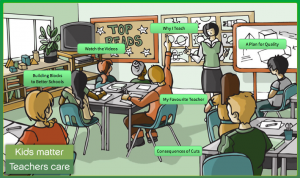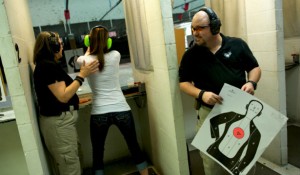Private school enrolment is rising
An “ambitious” new strategy for the Nanaimo-Ladysmith school district aims to lure private school students back into the public education system.
Nanaimo Daily News, April 10, 2013
An “ambitious” new strategy for the Nanaimo-Ladysmith school district aims to lure private school students back into the public education system. The district has suffered financial blows with its dropping enrolment, while the city’s independent schools have celebrated student population growth.
It’s been a grating issue for the school board, which says it is about to reveal thought-provoking and controversial recommendations for its facilities Thursday. According to school board chairman Jamie Brennan, the recommendations will improve public school offerings and aim to lure children back into the public education system.
Teacher-government disputes, “substandard facilities” and an inefficient school system have eroded families’ confidence in public schools and driven parents to enroll students in private institutions, Brennan points out. There were 140 fewer students than expected this year in the district; another blow to a district dependent on government operational studies.
Independent schools in Nanaimo, however, are following a provincial trend of population increases. Since 1997, independent school enrolment has risen by 22.4 per cent, while public schools have seen a 11.3 per cent decline, reports the Fraser Institute.
Aspengrove School is anticipating demand to continue to increase as more families become aware of its higher-learning international baccalaureate program. It has asked the District of Lantzville to change its zoning bylaw to allow the school to host 150 more students. Discovery Montessori, another independent school, says it has also already seen double the admission for next fall.
“With the availability of private education, families do have choices and they are making the choice to pull their kids out of public schools,” said Brennan. “We need to find ways to attract students back.”
Read More: Nanaimo Daily News

 Follow
Follow


Weaker teacher unions won’t improve schools
In the Connecticut state legislature a bill was passed last month that establishes the important role unions play school reform: “The lawmakers’ vote indicates they recognize that collective bargaining helps establish mutual respect between teachers and management, essential to accelerating student improvement. It also anchors the change process in good faith, written agreements, and a formal dispute resolution process, making everyone accountable by clearly setting expectations.” Read more.
Leave a comment
Posted in Commentary, Government, Teachers, Unions